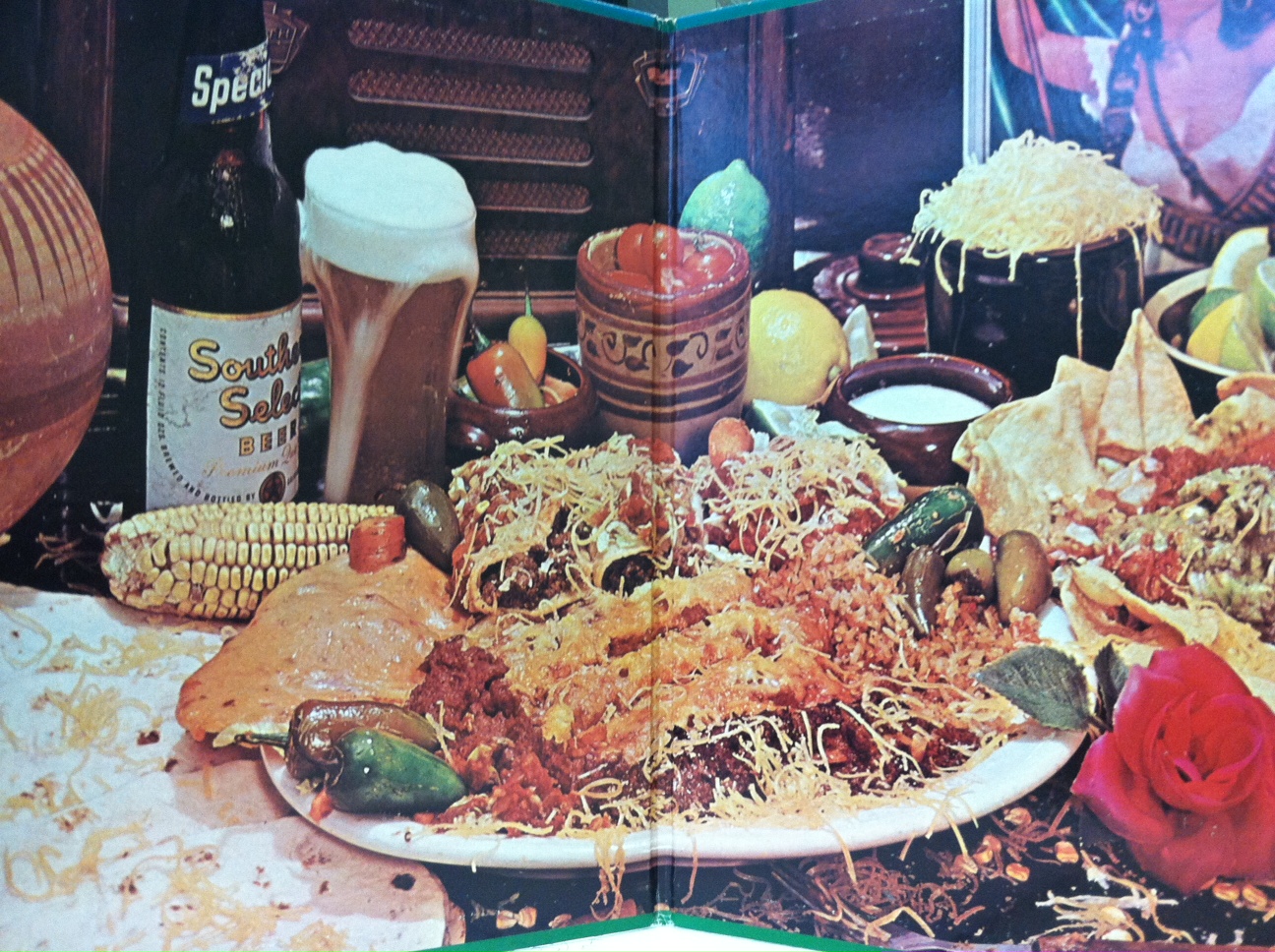This article originally appeared on Texas Monthly. Read the full story here.
Is Tex-Mex a fading cuisine? It sure seems that way in Houston, where I find it’s getting harder and harder to find the authentic stuff.
First, we’d better define what true Tex-Mex is. According to a non-scientific survey… no vegetables – except for maybe a few shreds of iceberg lettuce on the tacos or a single wilted leaf of it under the scoop of side-dish guacamole, thus rendering the dish a “guacamole salad.”
When everything seems to be the same 4 or 5 ingredients rearranged.
The menu entrees are numbered, as in #1 dinner or #4 combo meal… though some more “modern” variants will have nicknames, like the Pancho Villa Special or the Matador Platter.
Chips and salsa come before the meal, and they must be complementary.
Ultimately, Tex-Mex is the cuisine of Texas, not Mexico. It is blissfully inauthentic ‘Mexican’ food.
But in Houston, the twenty-first century has been tough on authentic Tex-Mex. Sixty-nine-year-old Leo’s fell to Washington Avenue gentrification in 2001 (just as Los Dos Amigos did earlier this year), leaving as its enduring legacy perhaps the most famous and salivating example of Tex-Mex food porn of all-time: the inside cover of ZZ Top’s Tres Hombres. Stuck in Nashville as a kid, seeing that spread could move me to the verge of tears.
Seven years later, it was the turn of the last remaining Felix Mexican Restaurant location, home of day-glo queso that beamed the color of the sun and the scene of most celebrations on my mom’s side of the family for generations. Now remodeled all sleek, LA-style, it houses Houston’s location of Uchi, the renowned Austin-based sushi house.
And the aughts were even more unkind to the once-mighty Ninfa’s empire.
Tellingly, the Ninfa’s location with the most desirable location—Richmond at Kirby—is now the home of Pico’s – which did more to introduce interior Mexican cuisine to Anglo Houston diners than any other establishments not named Otilia’s or Hugo’s.
Then comes what I’ll call the fajita-rita revolucion. That’s the (relatively) new offering of fajitas and margaritas on Tex-Mex menus.
Since then, it’s been evolve or die for old-school Tex-Mex places.
Houston’s oldest surviving Tex-Mex establishment, now offers redfish, campechanas, black beans, tortilla soup, and, gasp, taco salads. So much for the absence of vegetables. Los Tios, another popular old-school chain, now offers both shrimp enchiladas and fish tacos, that most Cali-mex of folded tortilla offerings.
Interior fare is chipping away at Tex-Mex on the budget dining level too. Charro beans came from nowhere to supplant refritos.
Most recently, Houston (and DFW) have been invaded by Torchy’s Tacos. Since December of 2011, the hipsteriffic fast casual Austin-based chain has gone from zero locations to soon-to-be-six… Austin has eight. The tacos and queso are tasty, but Mexican street food they are not.
To circle back to my original question, when did Tex-Mex start to decline? By the early 2000s, most Texans had switched to other Mexican-based cuisines.
But here’s the dirty little secret we can all admit now: in most cases, old-school Tex-Mex was, and is, objectively bad food. It’s bland by modern standards, overly filling, heartburn-inducing, and coronary-breeding. In the big cities of modern Texas, it’s so easy to find authentic Mexican meals that are cheaper, tastier, and healthier, all at the same time.
And yet, for me, if it came down to a death row last meal choice of Hugo Ortega’s Mariscos al Ajillo or Spanish Village’s Enchiladas a la Taylor – chili con carne and yellow cheese – um, yeah, I’ll take column B, Mr. Warden.
















